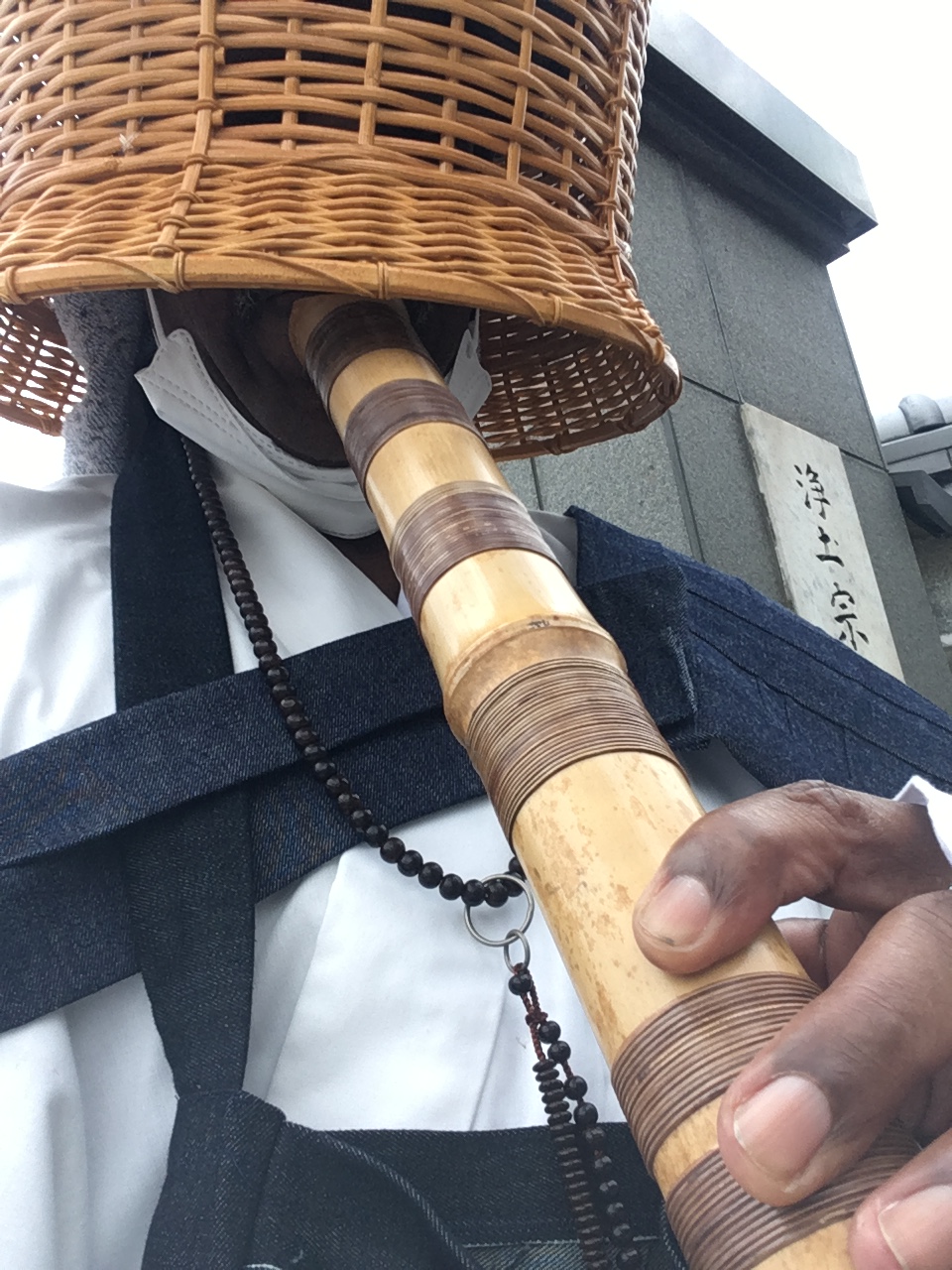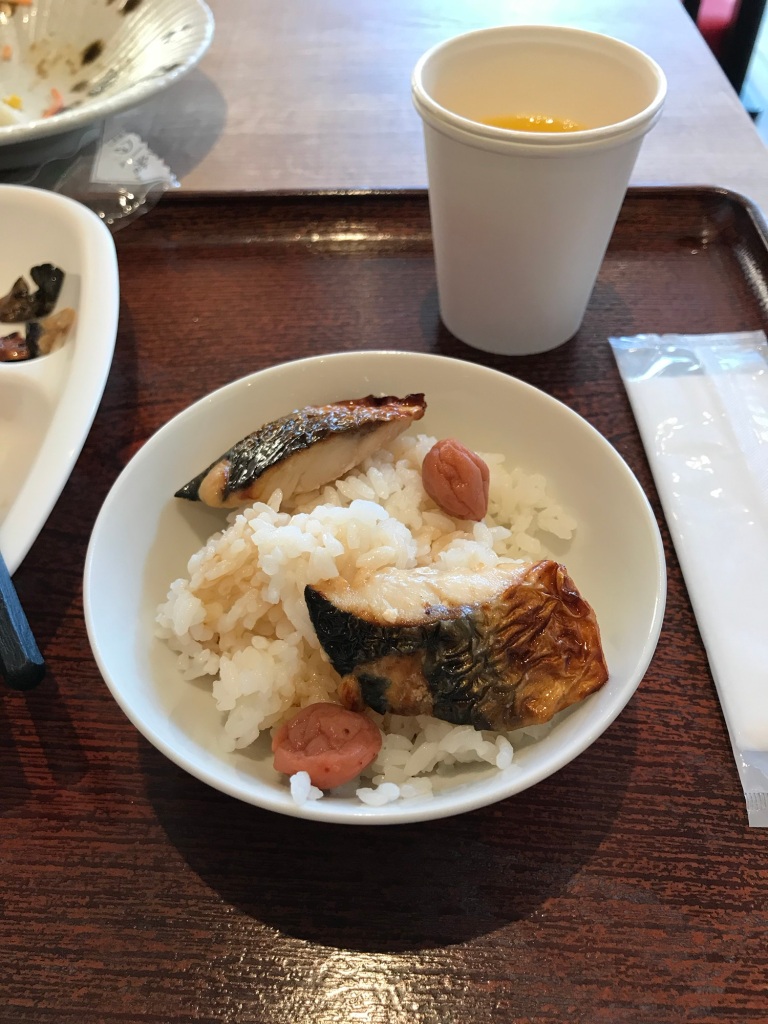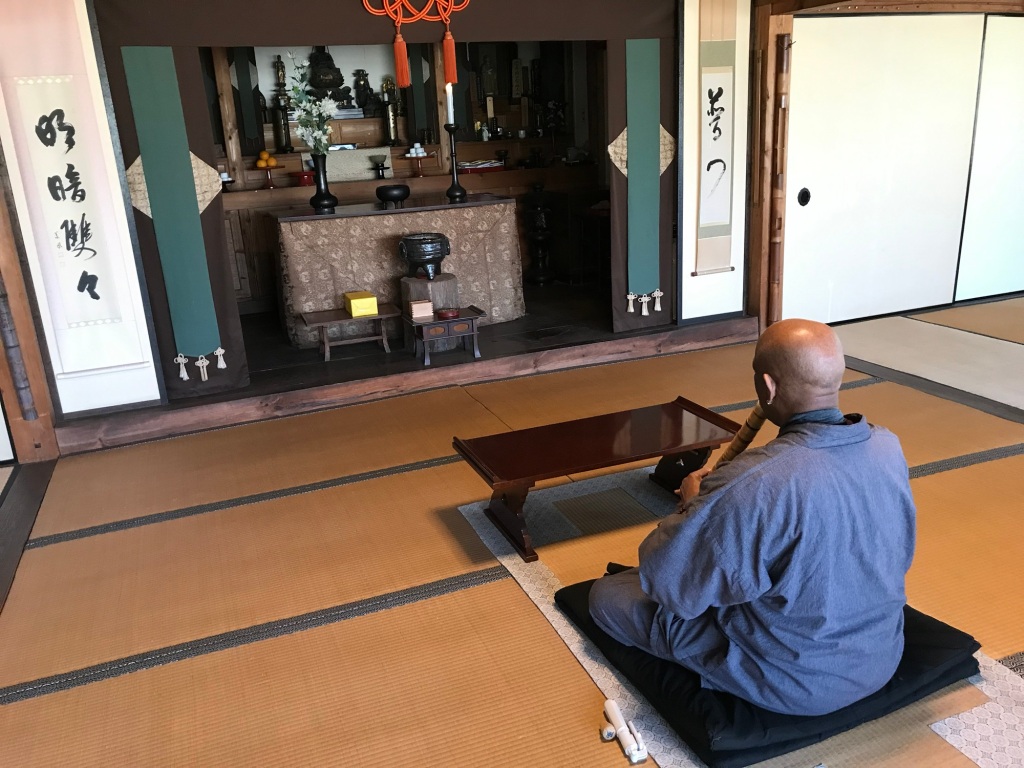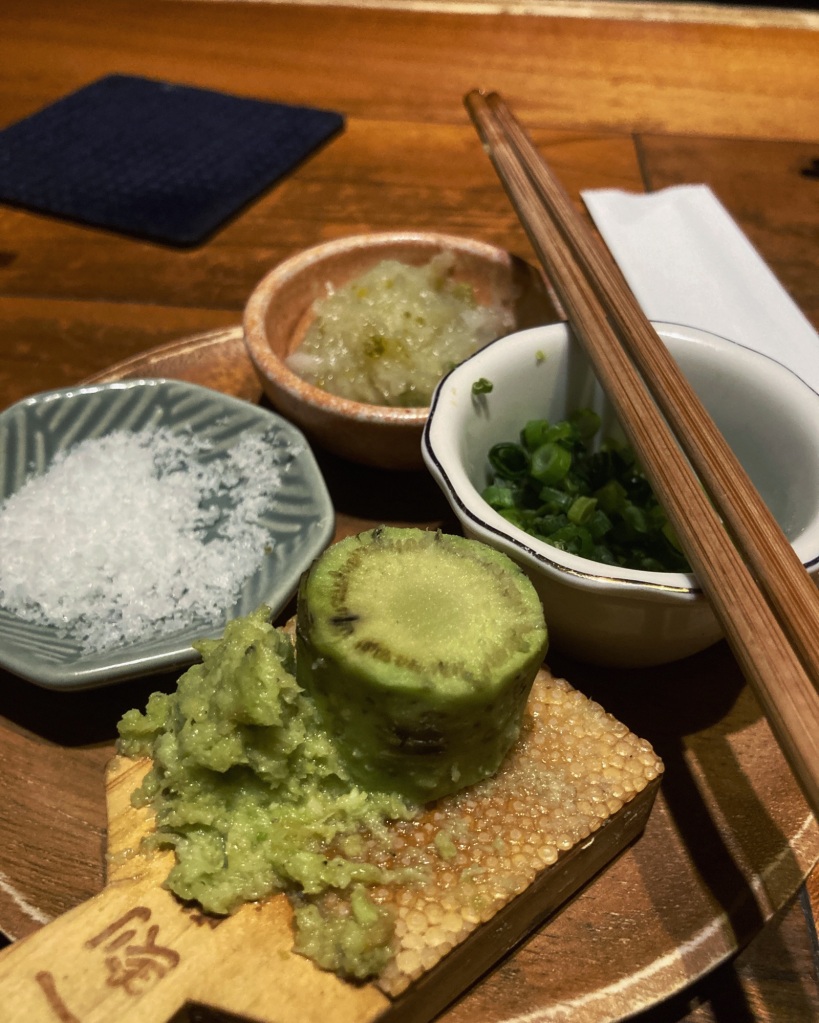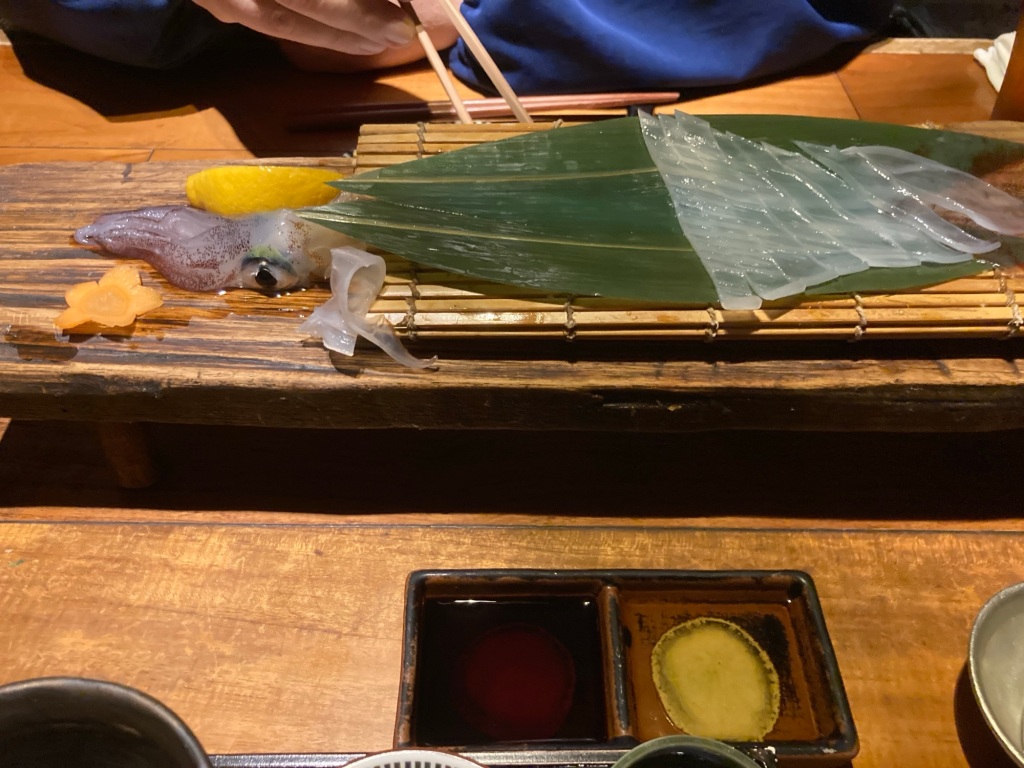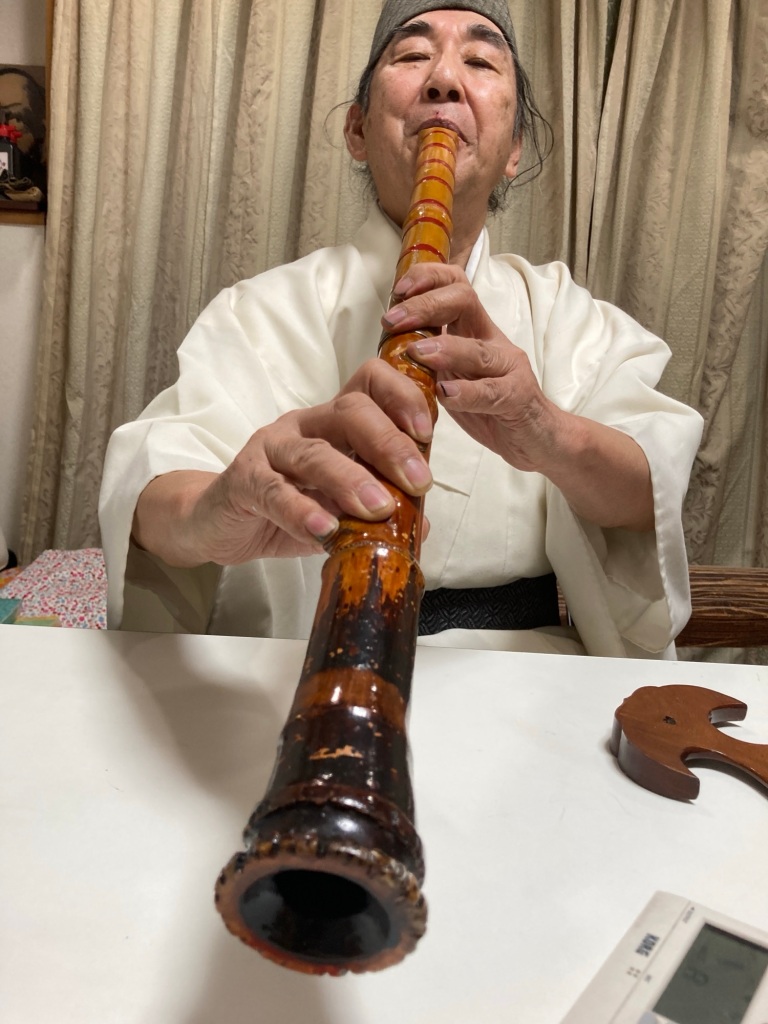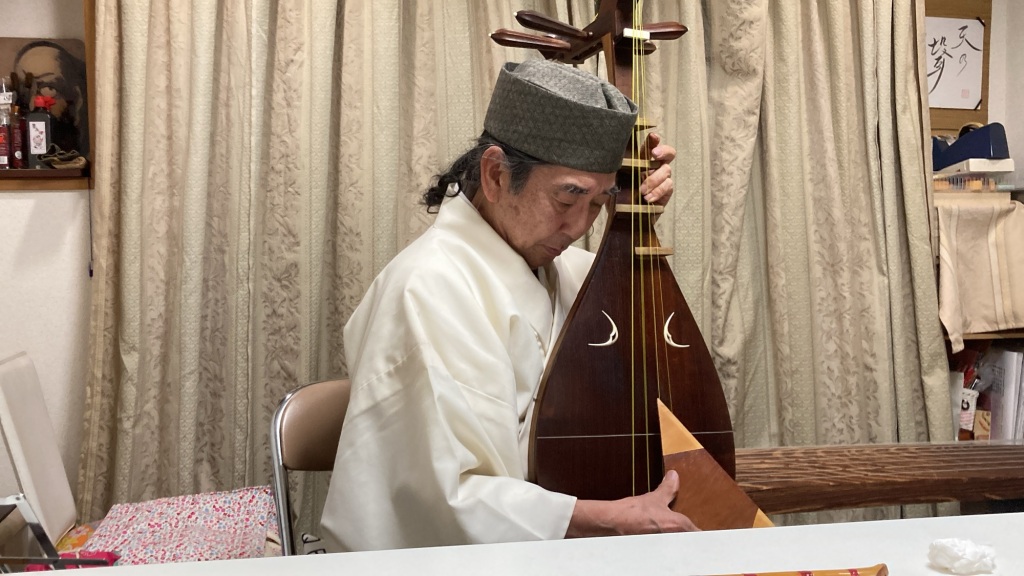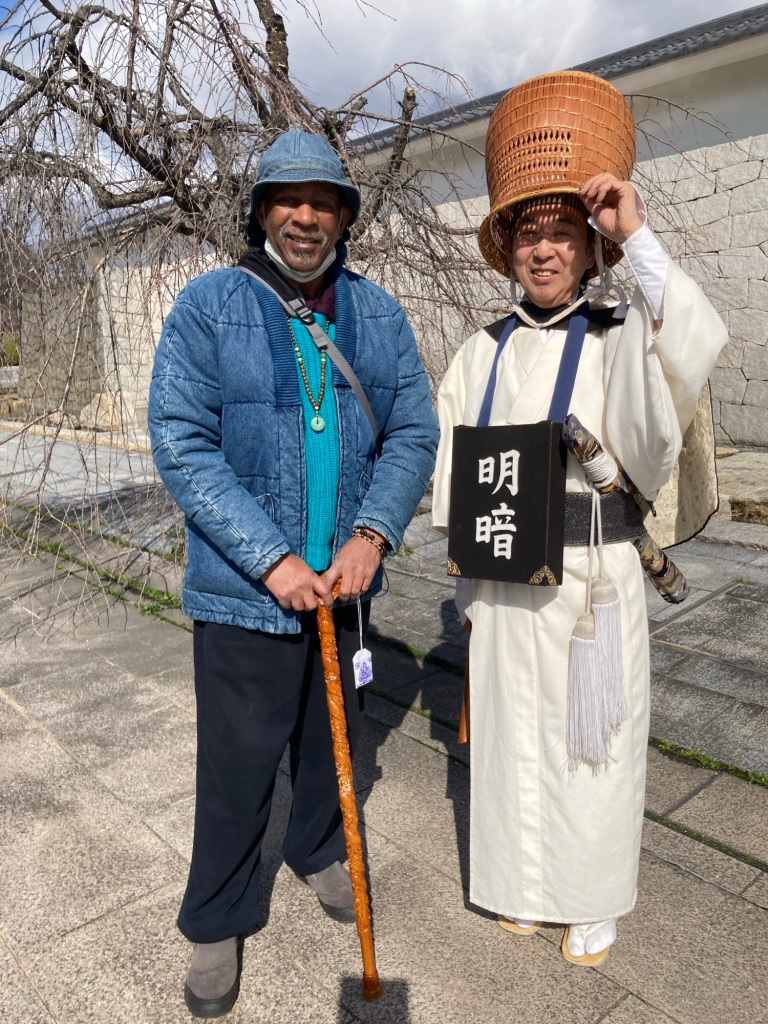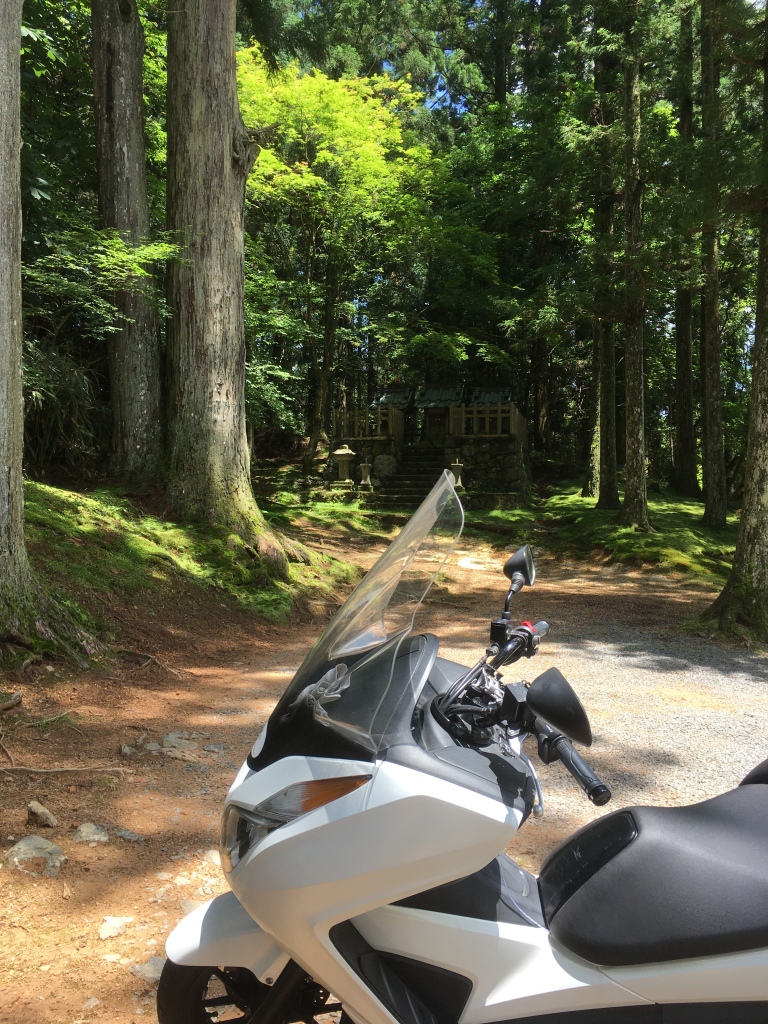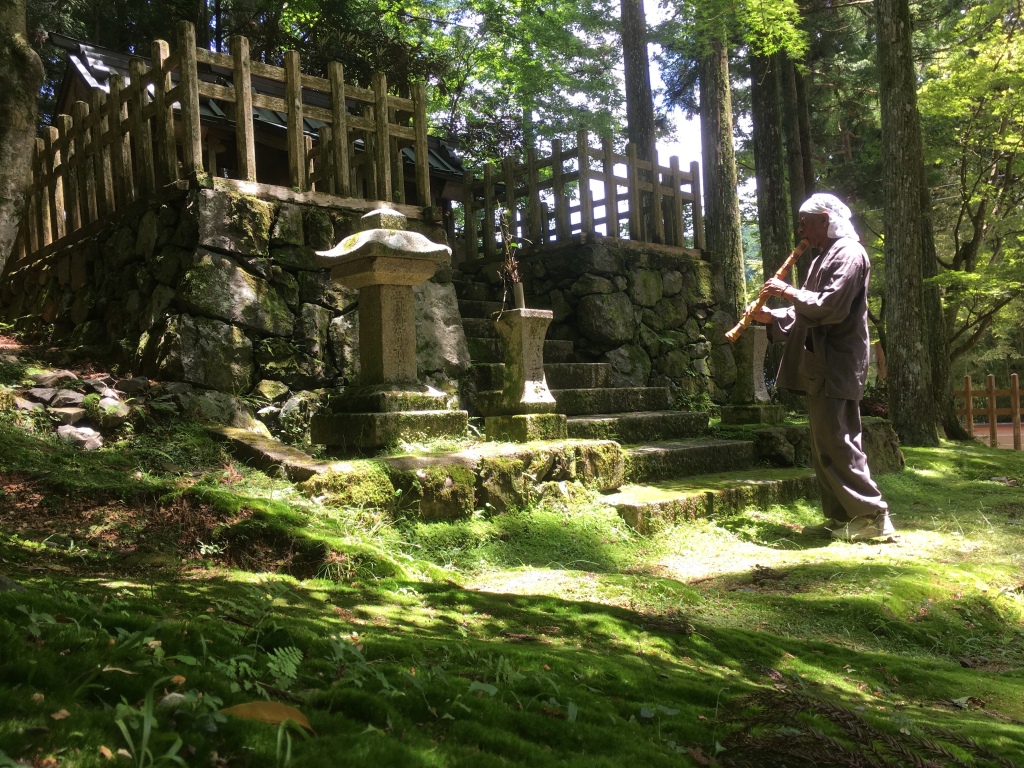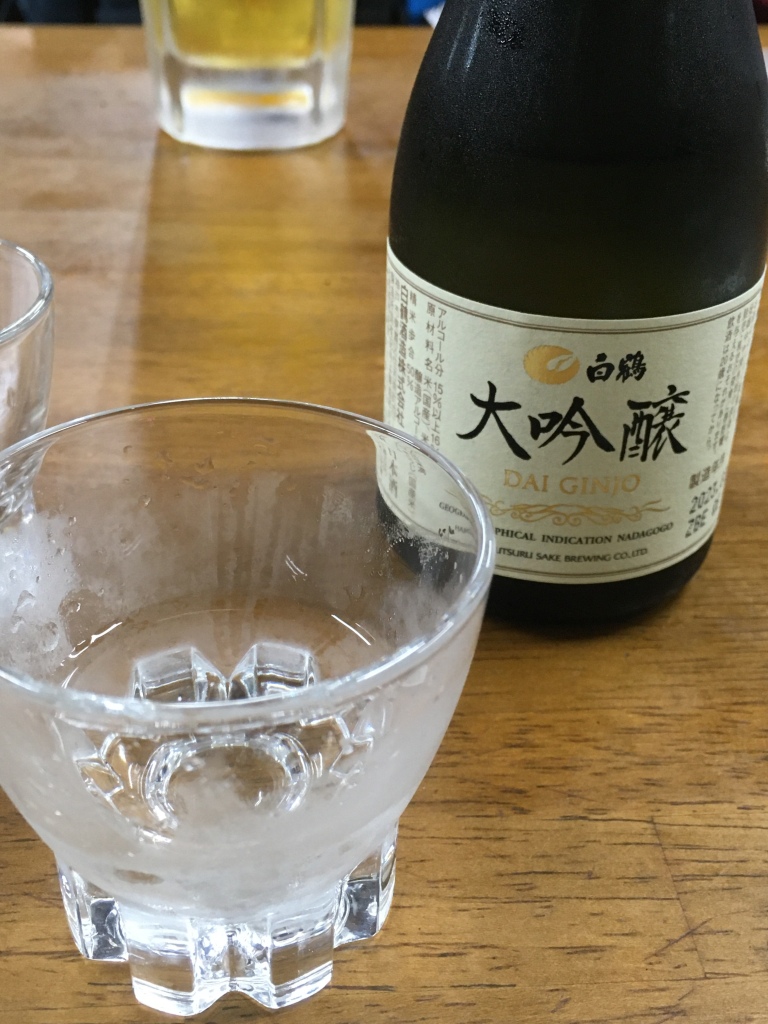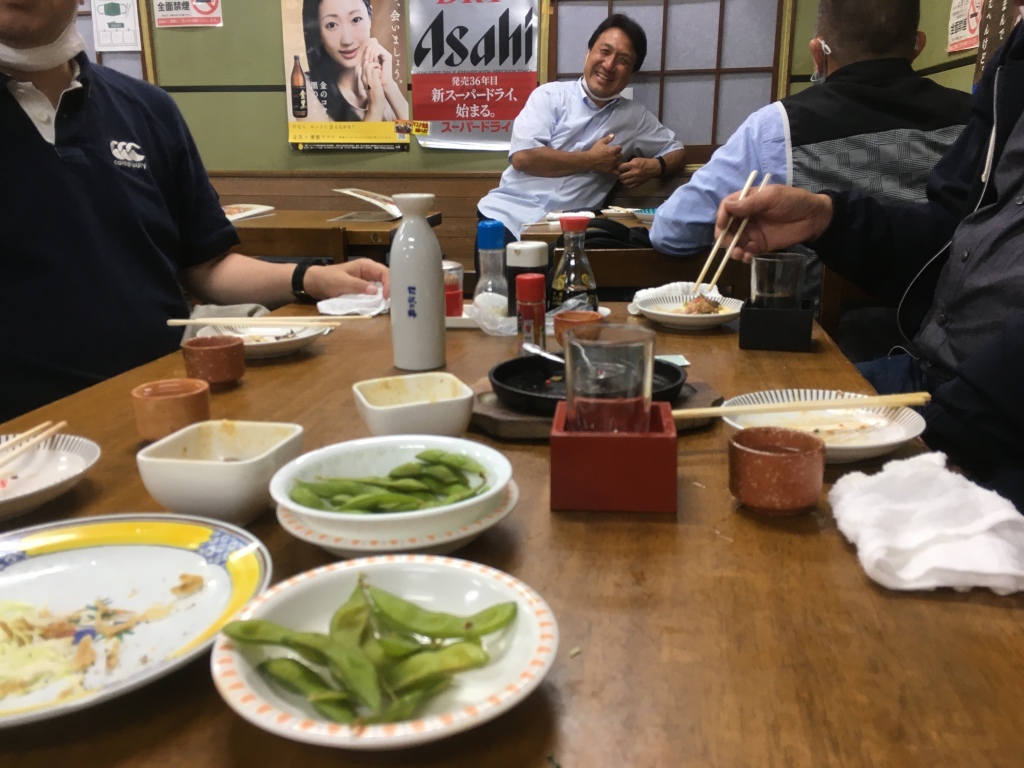…And now for something completely different
A fellow Komuso and shakuhachi club member asked me if a concert/show could be arranged at the Komyoji Temple. He has a couple of students that would visit Japan from Europe. He felt it would be good for them to play in front of people they did not know. Training as it were.
I spoke with Osho-san of the temple and got the wheels on motion. it took some effort but things fell in place. Even a food truck that would serve vegetarian meals. I designed a flyer and slowly started posting I for on social media and contacting some friends about attending.
As it turned out the final performers were going to be from Germany, Slovia, England, Japan, China and America. With music also included from Thailand. There would be four of us Komusos from Japan performing.
At the time before the event, one friend who often sings with me and would be the announcer as she spoke English and Japanese. she caught the flu and could not attend. I caught a cold a week before and just barely recovered in time. However I did completely lose my voice the day after the show. Another friend was going to attend but her mother became very ill. On a good note, a friend of the guitarist attend she played percussion and a friend of mine from one of my bands who played piano also attended and played synthesizer.
The show which was mainly themed around Shakuhachi, I had planned in two sections, the first would be non-traditional. Some misc songs some with vocals and Shakuhachi. Some without shakuhachi and big event of the first section was a Jam session with Shakuhachi, bass, electronic synthesizer, Bass, shamisen, percussion. The second section would be traditional Honkyoku songs of the Komuso.
Rarely do things go as planned, they went will but somewhat different. Oshosan who had to leave early to go do monk stuff somewhere took over the opening. He spoke and played for the first 15 min or so. Doing one of the songs I had planned on doing , also doing a song we were suppose to do together, with the vocalist. I would sing instead of her and play bass whilst he played shakuhachi. Well he started playing the song without me. So halfway through I joined with just the bass. It worked out ok. I was the only one who know what was happen was not as I planned. No matter I rolled with it. It went well anyway… at least well enough.
The rest of the show went pretty much as planned. The guitarist and percussionist played, I played Shakuhachi. I ok’d. Them doing a second, I played Bass.
Next up was a Japanese couple who played a traditional Thailand song. I thought they would do two songs, but they chose just one. That was fine. That kept things moving…
Next up was a friend who played shamisen. He was popular as expected! He did a improvisation on the traditional song Sakura. Good timing as it was this week the Sakura started blooming. The next day I was suppose to go out and do my traditional Takuhatsu by a lake in Osaka and then planned to go to Osaka Castle on Monday to do more of the same. Takuhatsu under the Sakura trees.
The Sakura song was quite nice and people enjoyed it. The next song was the final for the section. we had nothing set, and no practice. I just selected the key. We let the keyboardist take the lead.

We started slowly and fed off each other. It was pretty smooth, as expected a couple parts were not as smooth, but that was to be expected. just jamming is like that. It is life, flowing from one thing to another, sometimes good, sometimes not so good. It is a wordless relationship.
Now was time for our break, we reorganized for the last and final segment of the event.
After a few moments we were ready to go with the last section which was the individual Honkyoku performances. There were players from China, Japan, Britain, Germany doing traditional Komoso songs. This part was easy for me. Other than letting players know when it was their turn I could just watch. Everyone took care of their own introductions.
The final song of the day was a group effort. We were to play Choshi. Generally when it is done as a group everyone plays a 1.8 standard shakuhachi. However this time not everyone had that size. I had heard of it being done with mix sizes before. My Sensei had told me he went to a Komoso performance at Kokokuji where they used all different size Shakuhachi and played this song together. Sensei said it was weird sounding at first but after a short time the energy took over more than the note disharmony. It became harmonious disharmony.
I found it a challenge to play, having a musician’s ear the discord was hard of my sense of playing correctly. It was a serious challenge to find the Harmony within the disharmony. It was in fact a Zen practice challenge. Staying centered in Chaos, finding the harmony within in disharmony. I went in and out of blending. Like doing Meditation and slipping in and out of awareness. While doing it it sounded like chaos, however when listening back to the recording I could hear the harmonic disharmony blend, the vibrational harmony overload the separate note discord. It was interesting.

Then it was a wrap. People mingled , chatted, made connections and took photos.

I sort of over saw the clean up. the food truck was still on site, so some made their way down to that and ordered food. It worked out well having the truck there. The truck owner did well as he was the only one there. There was a bit of a wait while he cooked, but it was worthwhile and no one really minded.
Oshosan had left out some wine and the Kaicho had put out some small snacks. After I had things organized upstairs I went out and checked on everyone, since I was basically the host. I informed those interested there was wine inside and with the temps slowly dropping there was seating inside. Gradually as people received their food everyone came inside. We sat at a table, drank, snacked and chatted on miscellaneous topics. After a while Oshosan returned and joined us.
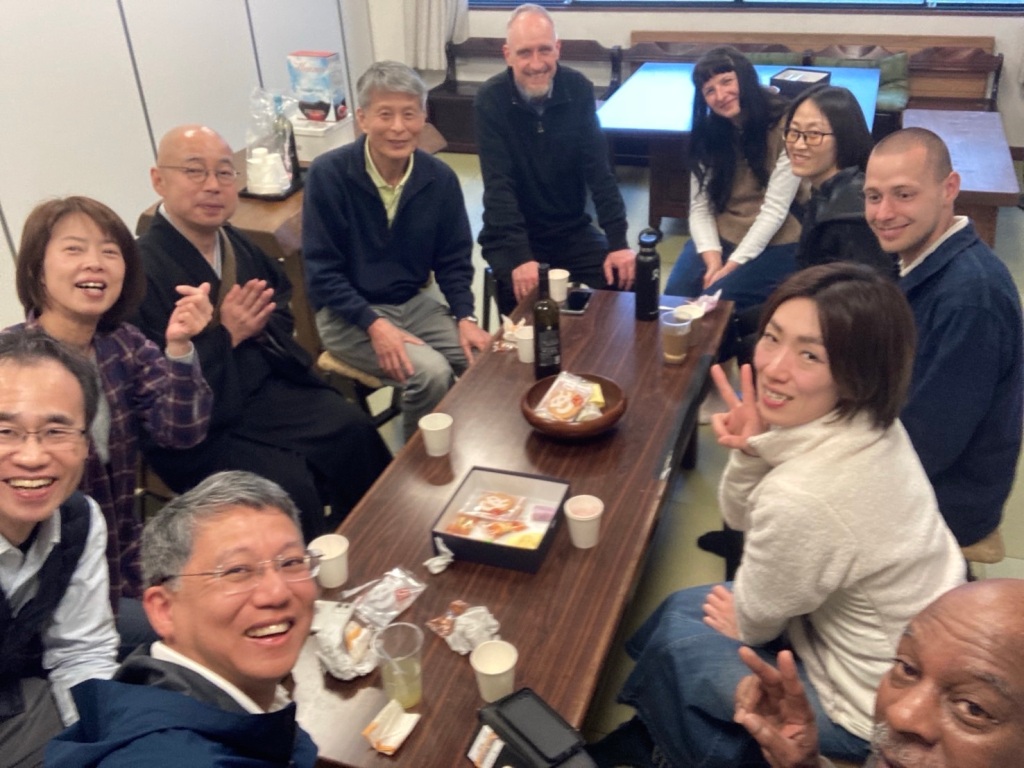
We chatted about Zen, Kyudo, Kung Fu, Shakuhachi, Komusos, travel.etc. A good spectrum of topics. After about 30 min Oshosan calls me into the garden room and shows me he has started a campfire. I then hearded the group and had them migrate to the garden room. There we enjoyed the fire, the cut Sakura branch’s and flowers, a florist had donated to the temple, along with Oota Sensei playing a traditional Honkyoku song.

This is where we spent the rest of the pleasant evening, until time to catch the train home. we slowly disbursed into the night. It was a good day…Amitoufo 🙏🏾
